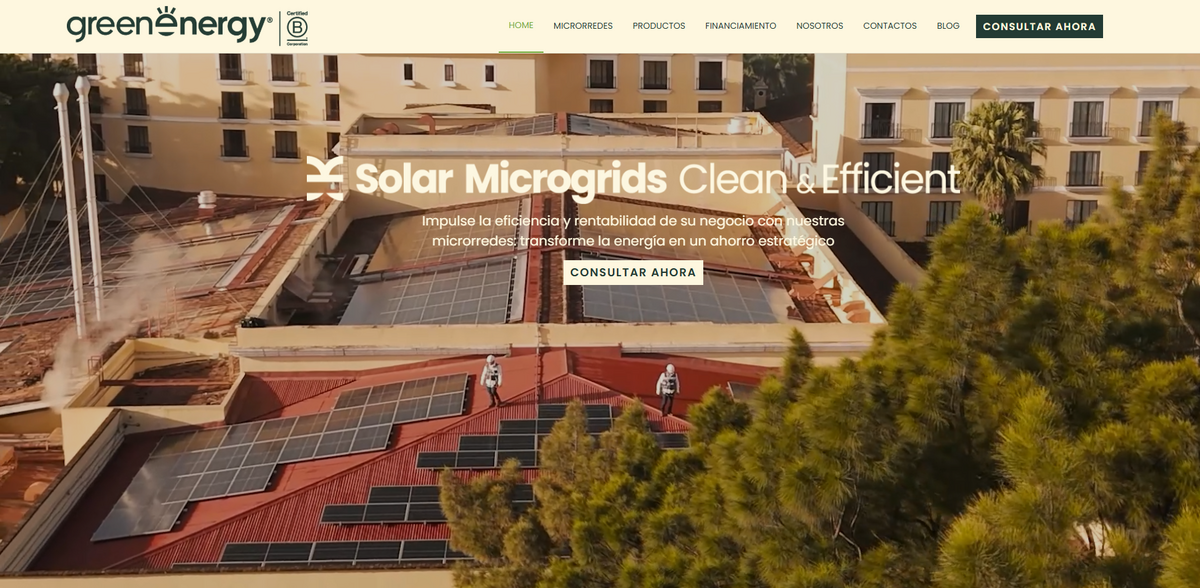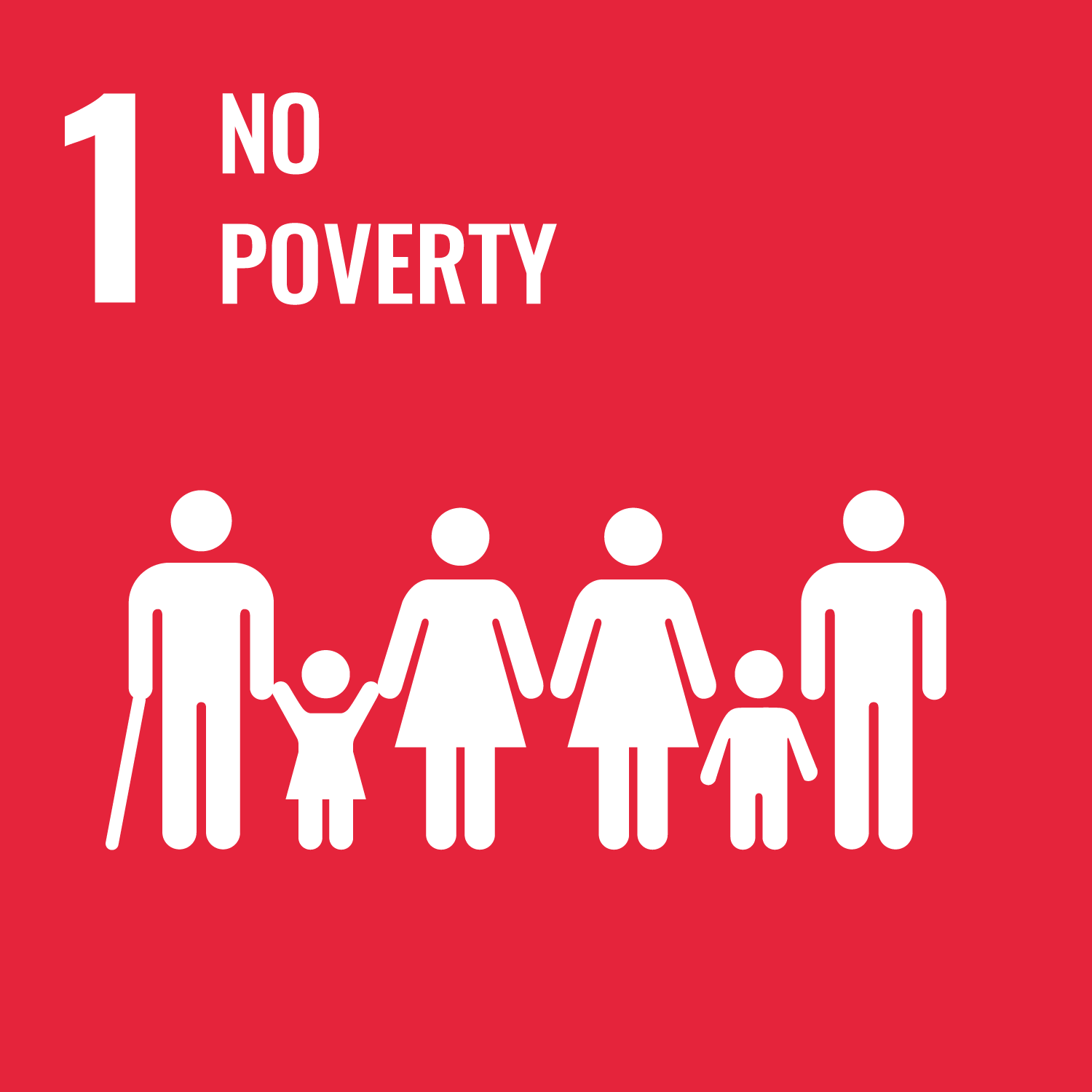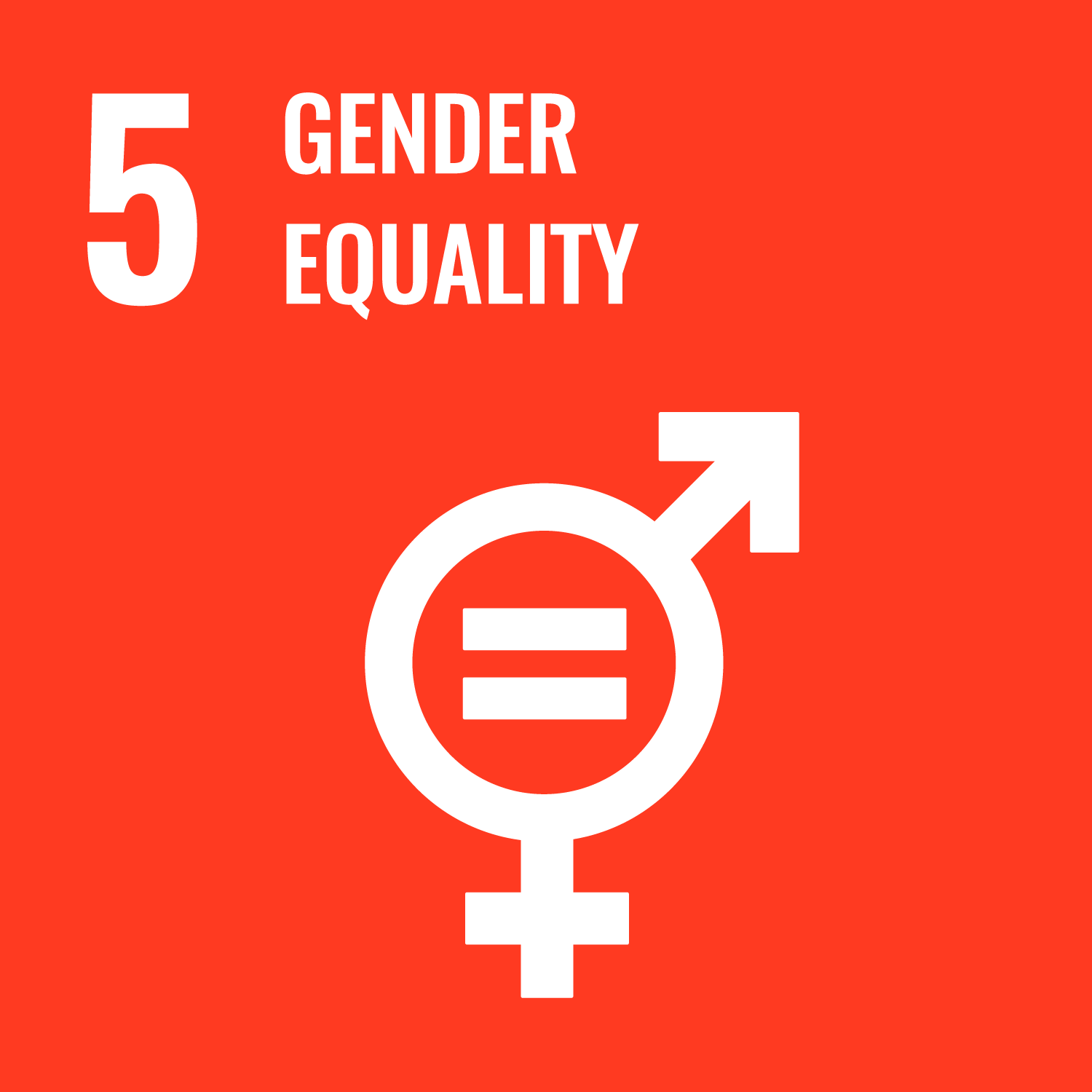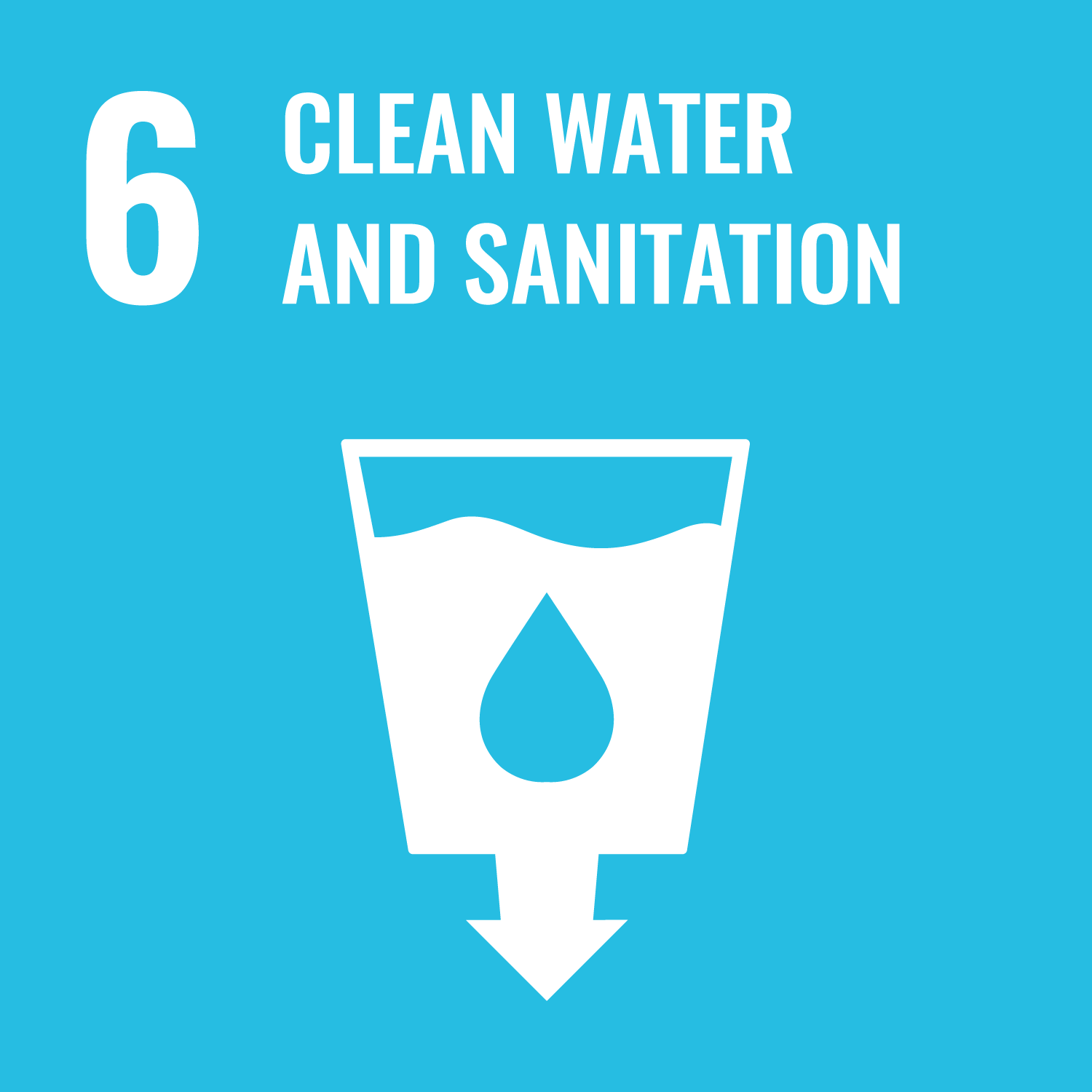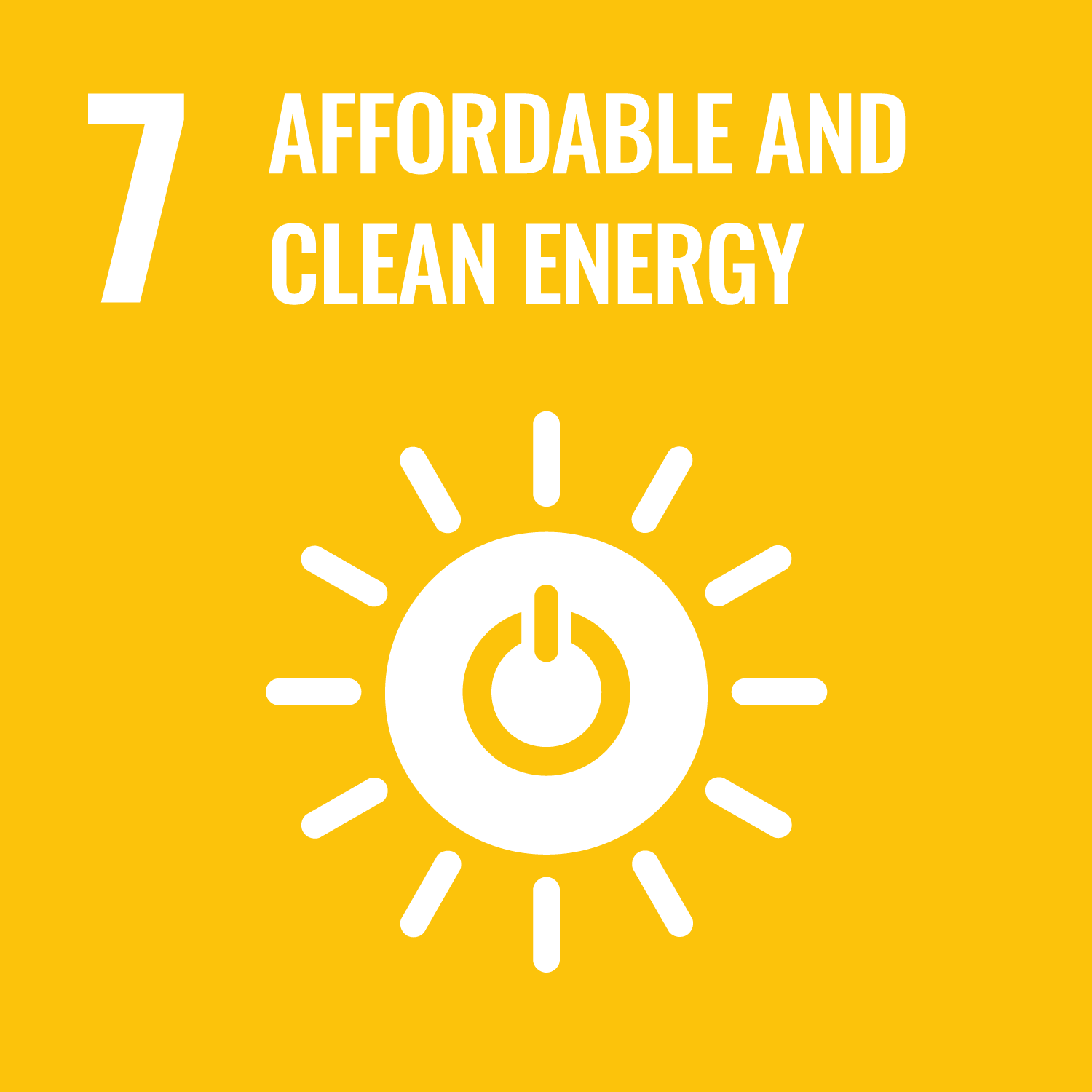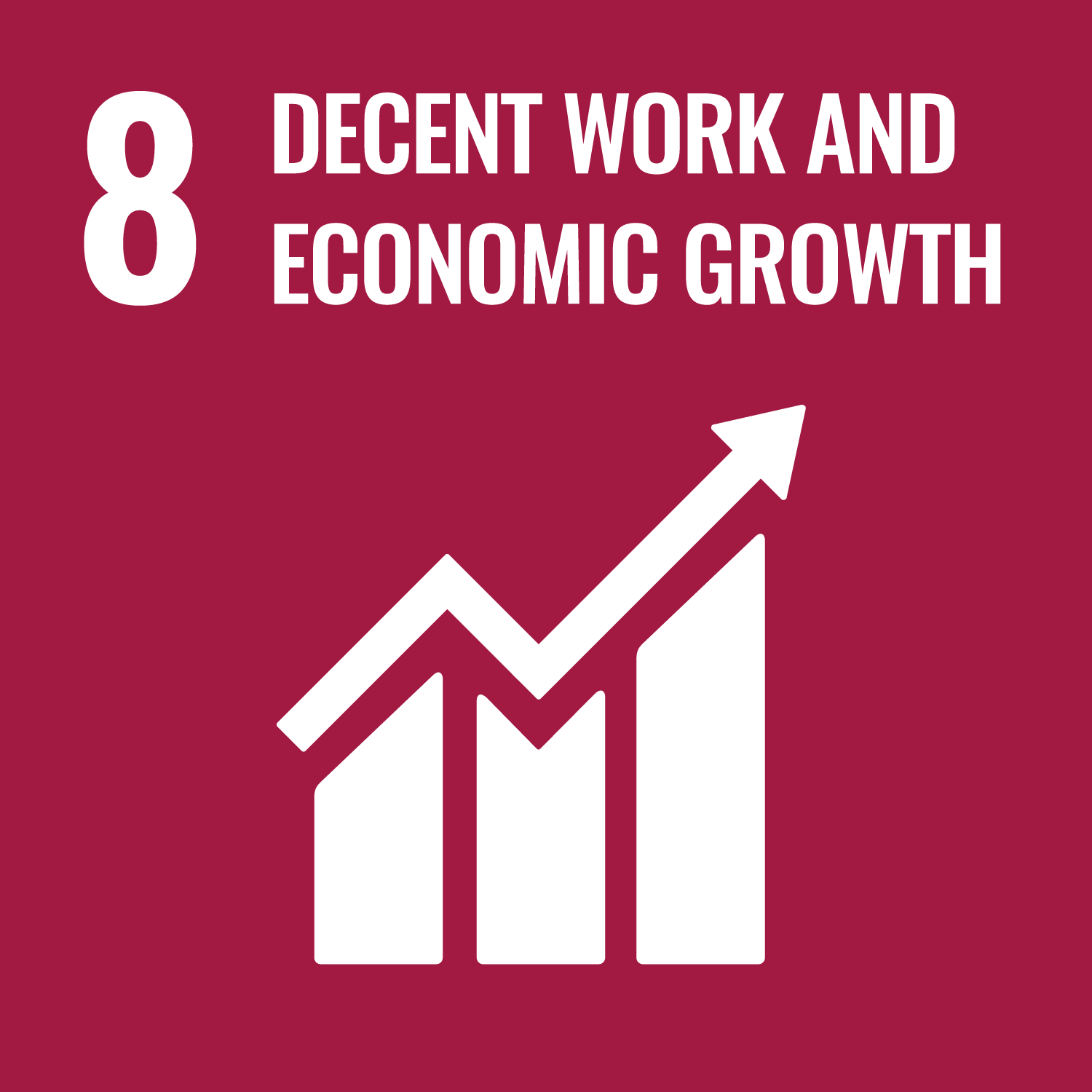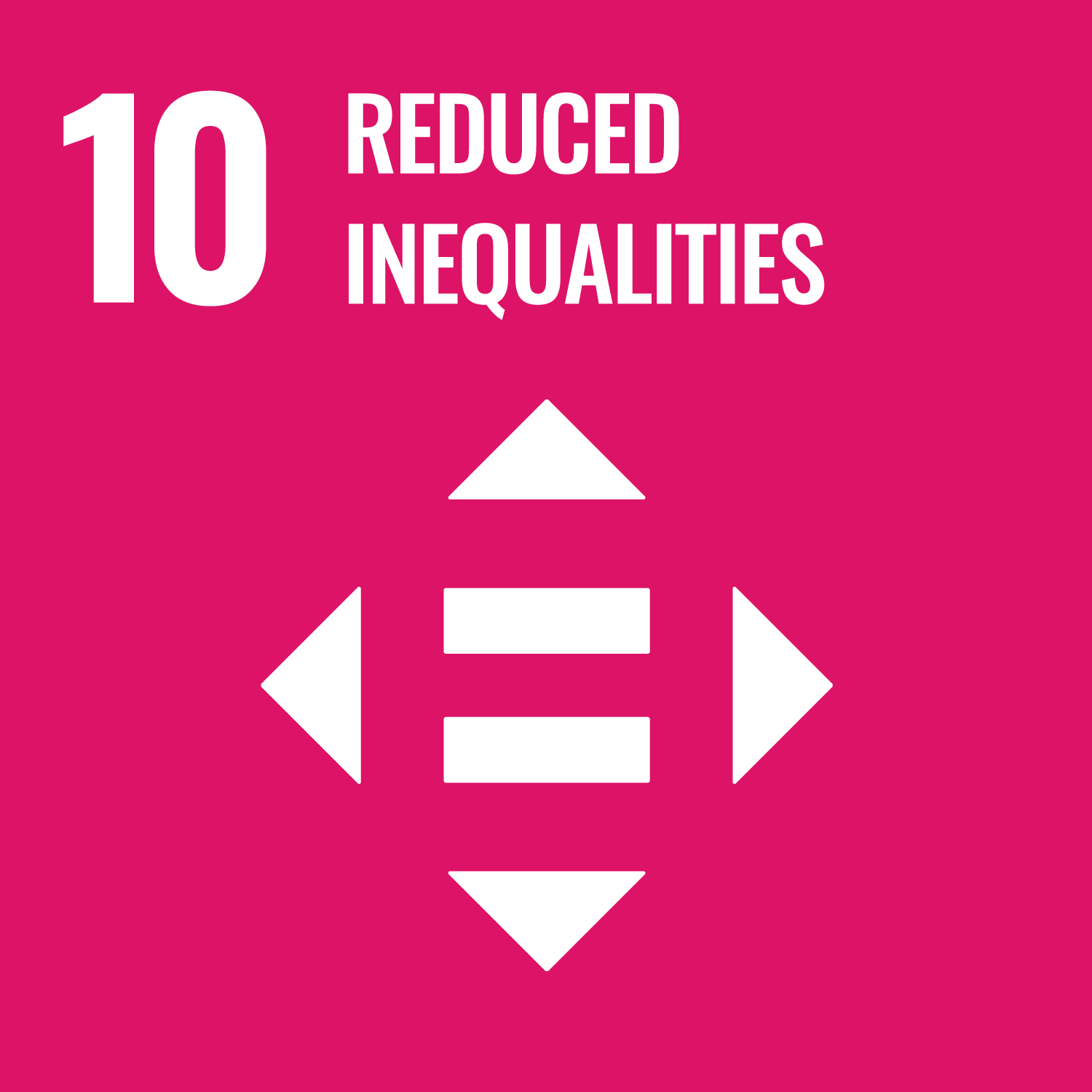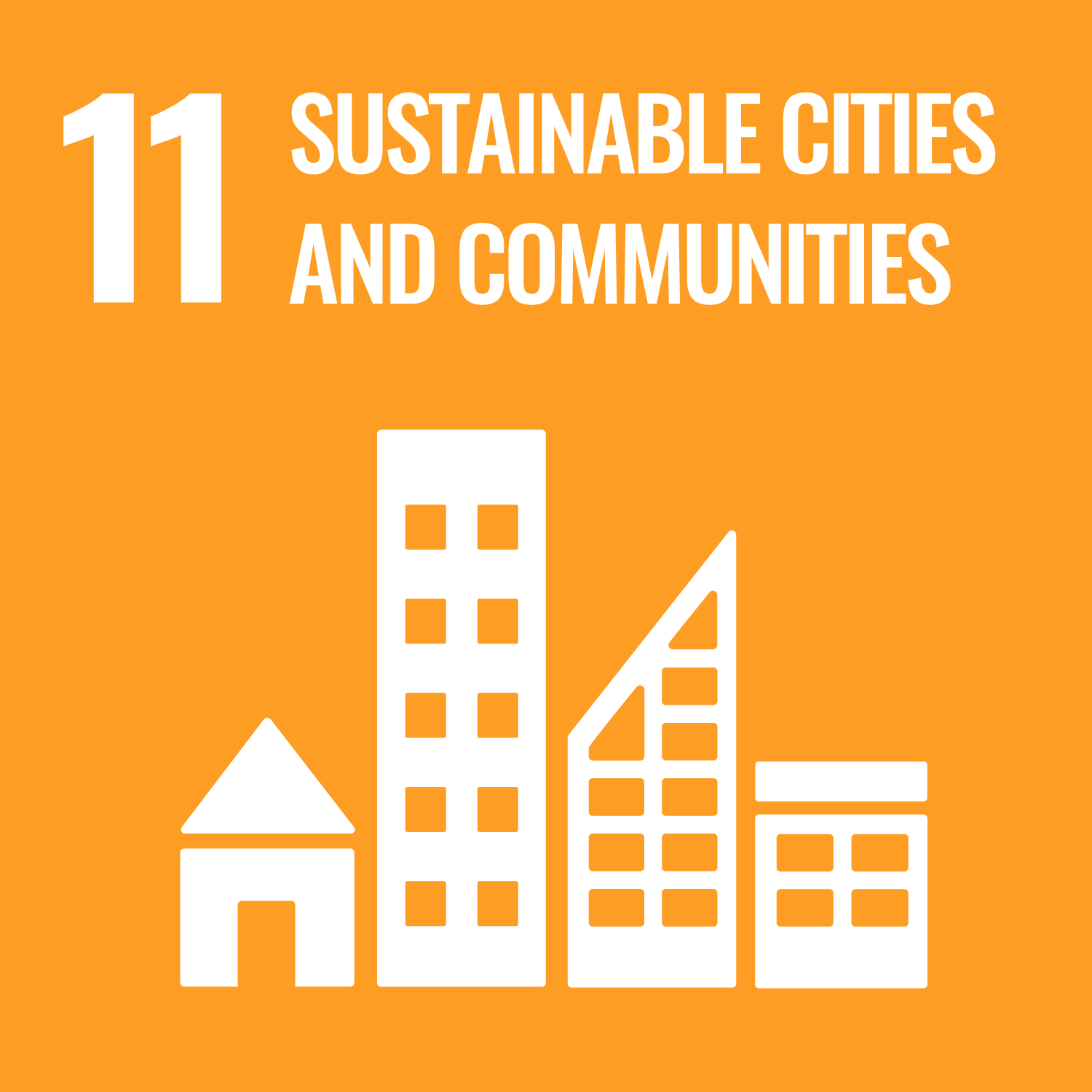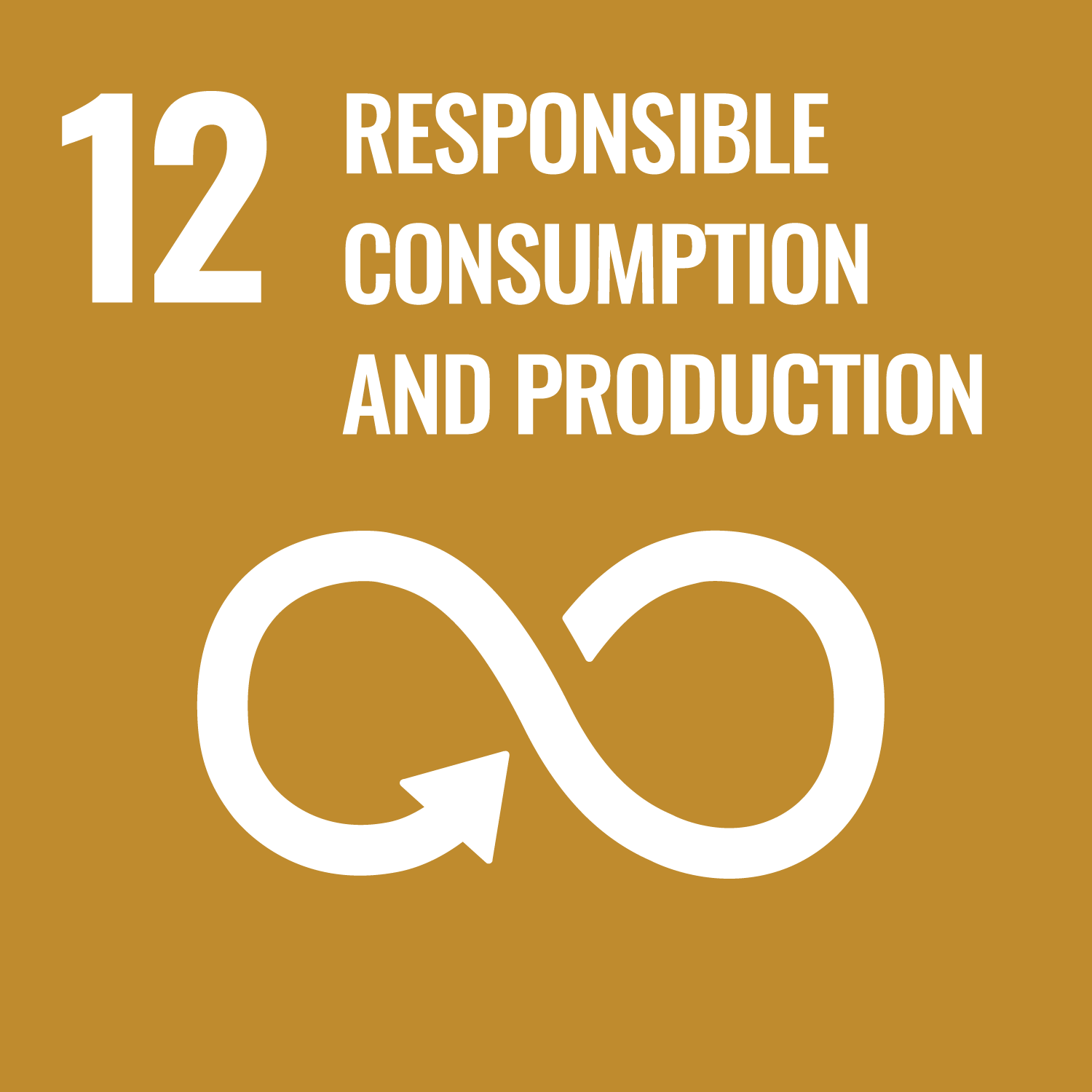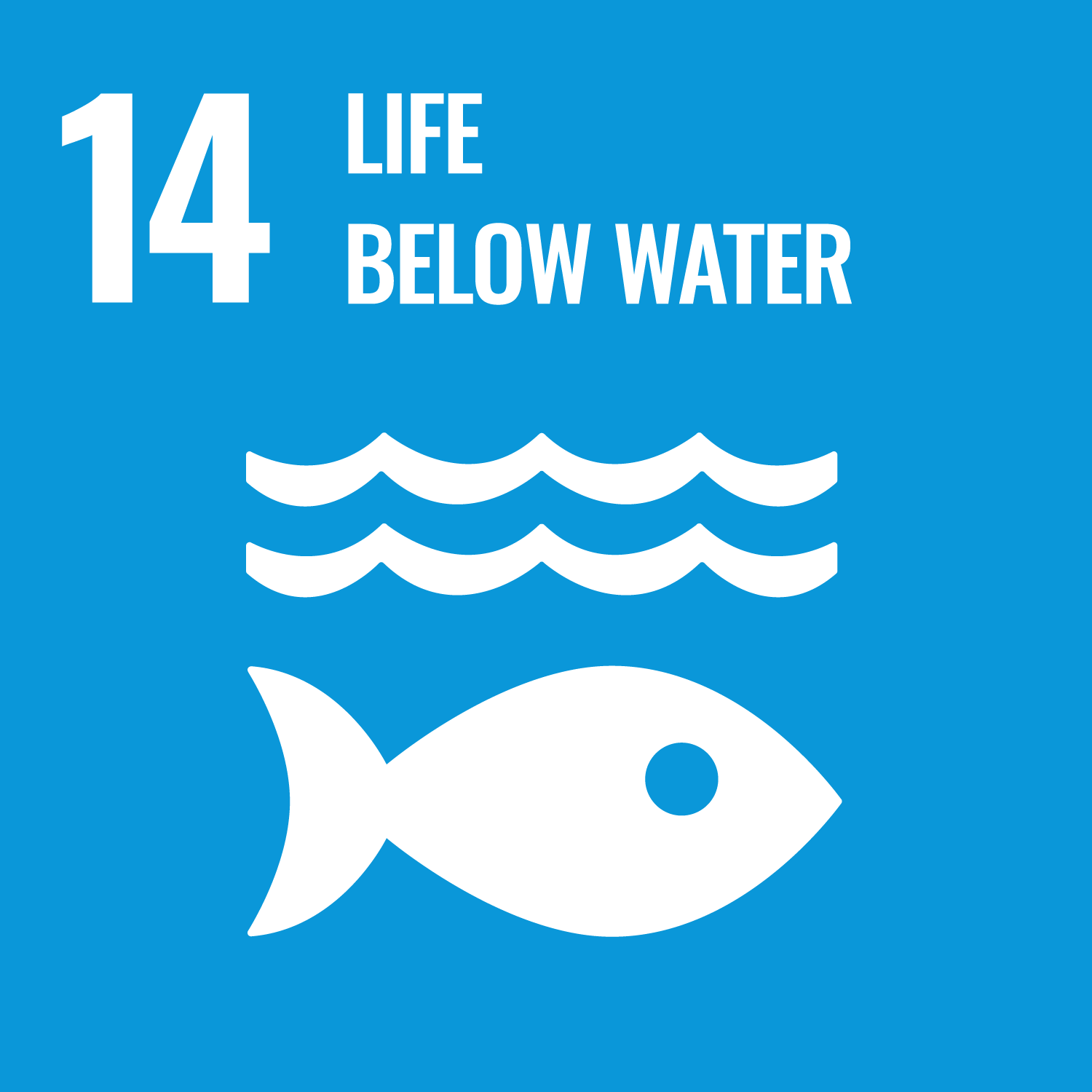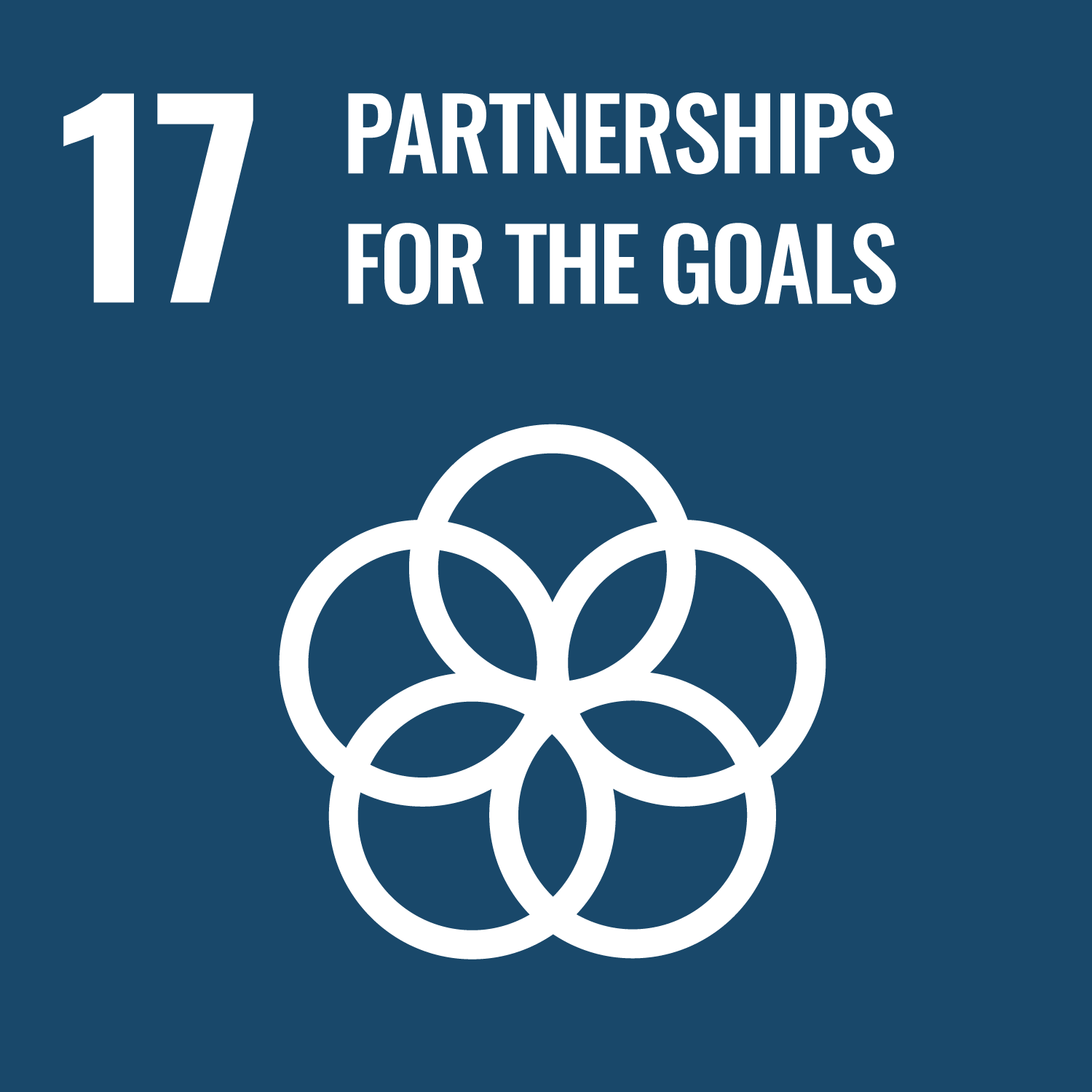Understanding the Solar Microgrid Project
Solar microgrids represent a decentralized energy system built upon photovoltaic modules that generate electricity and function both independently and alongside the main power grid. This project focuses on how up to five synchronized productive assets work intelligently within a microgrid, ensuring that energy is transformed smartly and efficiently. It is from this natural evolution, achieved by integrating renewable energy sources, that clean energy truly reaches its potential. The idea here is simple: by using solar panels and embracing both on grid and off grid models, energy becomes not only reliable but also statistically significant in reducing overall costs and environmental impact.
Key Benefits and Financial Details
- Provides backup power during outages
- Facilitates the energy transition and smart grid evolution
- Reduces energy costs for industries and households alike
- Offers personalized financing with up to 100% financing options
- Supports the integration of both isolated and integrated microgrids
The efficiency achieved in energy savings is the cornerstone of the financing model. Payment coverage is directly linked to the generated savings, making this an attractive proposition for companies and homes that consume electricity and wish to switch to a more cost-effective, environmentally friendly solution.
The Role of Photovoltaic Modules in Decentralized Energy Systems
In these systems, photovoltaic solar energy drives the heart of the operation. With paneles solares working seamlessly, solar microgrids provide the flexibility needed to power a variety of settings – from small households to large industrial operations. Industries, in particular, benefit by reducing costs and boosting energy reliability, while also demonstrating a commitment to sustainability. When energy consumption reaches a tipping point, and the cost per kWh begins to climb, the system adapts to deliver consistent, clean energy. This means that every panel not only produces electricity but also contributes to a larger, more resilient energy infrastructure that stands up to the challenges of modern consumption.
Flexible Financing and Custom Solutions
A crucial aspect of this initiative is the tailored financing solution. A study is initially conducted to ensure that the savings generated can effectively cover the financing payment. Depending on the client’s needs, options such as leasing or direct bank credit are available, especially bolstered by national and international backing—making it feasible even to explore up to 100% financing for the system installation. Besides, insurance and maintenance coverages are integrated into the solution to maximize efficiency and ensure ongoing performance. It’s a dynamic approach that adapts to the specific consumption patterns and desired energy coverage, ensuring long-term stability and savings.
Industry Impact and Sustainable Value
For companies considering a shift to renewable energy, this project presents a dual advantage: energy security and enhanced reputation. Industries that install a microgrid achieve improved reliability and reduced energy costs while signaling their commitment to sustainability. The project also supports energy generation guarantees, backed by calculation reports and complex installations done with high electricity demand clients in mind. With internationally recognized high-quality products and partnerships, the system reinforces the concept that sustainable energy isn’t just an option—it’s becoming a necessity in an increasingly energy-dependent world.
Project Impact and Sustainable Development Goals
- SDG 7: Affordable and Clean Energy
- SDG 9: Industry, Innovation, and Infrastructure
- SDG 11: Sustainable Cities and Communities
- SDG 12: Responsible Consumption and Production
- SDG 13: Climate Action
Commitment to Quality and Social Responsibility
At the core of this endeavor is a commitment to delivering quality installations and unmatched service. The project is noted for its high bcorp score of 86.7—a testament to its adherence to strict international standards and the highest verification benchmarks. This means that every aspect, from the calculation reports that guarantee energy generation to the careful engineering of solar microgrids, reflects a dedication not only to economic outcomes but also to positive social and environmental impacts. The approach is both casual and dynamic; sometimes the conversation pauses, and then suddenly it’s clear that green energy is more than a technological shift—it’s a movement striving to be the best for the planet. In Costa Rica and beyond, the integration of clean, renewable energy is setting a standard that is both reliable and inspiring.

